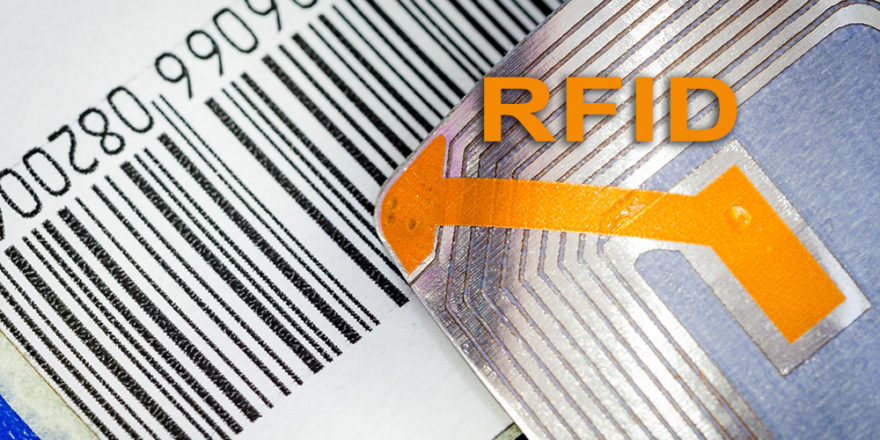
What is RFID?
RFID stands for Radio Frequency Identification and is a technology dating back to World War II, when Allied bombers used radio transmitters to broadcast a signal that could be interpreted by ground controllers as belonging to “friendly” aircraft. (Thus the name, “Identification, Friend or Foe,” or more familiarly, “IFF.”)
Today, RFID typically means the ability to mark goods using a small chip or tag which transmits a signal when it comes within range of an RFID antenna. RFID differs from the traditional barcode, in that no “line of sight” between the tag and the scanning device (or in RFID’s case, an antenna). A barcode scanner must be in a direct line with the label so it can “see” it and “read” it. An RFID tag, on the other hand, can be sensed without a direct line of sight. Also, RFID Tags can generally hold more data, so more information about a product can be attached to a product.
TRAFFIC™ Software works with RFID technology to print labels or encode tags and efficiently collect, process and store data in real time.
